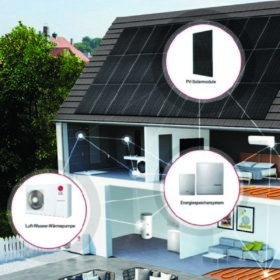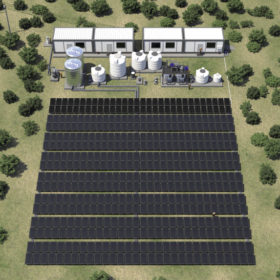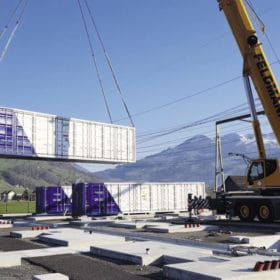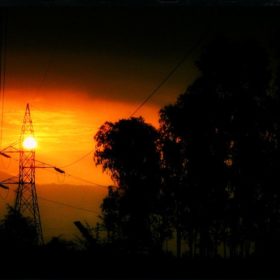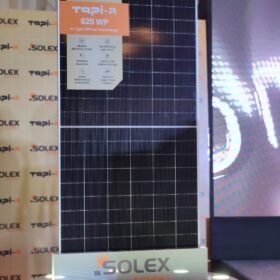LG Electronics offers hybrid system combining heat pump, PV and storage
The system generates electricity and heat for residential houses and small businesses. An integrated energy management system should guarantee maximum self-consumption of the solar power produced.
Financing large scale renewables in emerging economies
pv magazine has taken part in a webinar examining the thorny issue of financing clean energy generation in developing markets.
The long read: PV in the water-energy-food nexus
Sector coupling may be somewhat of a buzzword, but it also points to opportunities for PV beyond the power markets, which may quickly reach limitations during peak hours of irradiation. Combined energy, food and clean water production presents one such opportunity, with benefits for developers, utilities and communities.
Tesla sharpens focus on solar
In an earnings call this week, Tesla CEO Elon Musk boldly claimed that the company will soon be “the market leader in solar.”
Bangladesh joins hydrogen energy race
The Bangladeshi government has launched a pilot hydrogen production project as part of its effort to reduce the country’s dependency on fossil fuels and accelerate the transition to clean energy.
WoodMac predicts 30% drop in Asia-Pacific front-of-meter battery costs by 2025
A new Wood Mackenzie report suggests that costs for front-of-the-meter battery storage systems in the Asia-Pacific region could fall by 30% by 2025. The declining costs are already having a palpable impact, as 2021 has opened with a slew of large-scale battery project announcements.
The long read: Disrupting developments
The current developer-EPC model has increasingly turned to focus on quality over a two-year horizon. This contrasts with long-term owners who are focused on quality over the lifetime of their projects (20 to 40 years). With long-term owners now buying projects in the pre-construction phase, the current model looks set for disruption. Olivier Crepon, managing director at Skyray Engineering, reviews the emerging model of project development and explains how it will impact developers, EPCs, and third-party services and ultimately lead to a stronger, more mature PV sector.
The long read: The afterlife of solar panels
Use of the term “circular economy” is growing in virtually every industry worldwide – solar included. As noted throughout Q3, in the UP initiative’s focus on circular manufacturing, work is already underway to integrate circular principles into all areas of business, from internal operations and supply chain management to manufacturing and installations. In a recent analysis of PV recycling, BloombergNEF detailed six conclusions for the solar industry and those who are trying to make it more circular. Cecilia L’Ecluse, solar associate, and Julia Attwood, head of advanced materials at BloombergNEF share these conclusions as part of our quarterly theme on PV module recycling.
The future of cars is electric – but how soon is this future?
According to a new report by BloombergNEF, 58% of global passenger vehicle sales in 2040 will come from electric vehicles, yet they will make up less than 33% of all cars on the road.
It’s cheaper to build new solar than it is to operate coal plants
New analysis released by Lazard compares the levelized cost of energy for various generation technologies on a $/MWh basis and shows that renewables, specifically utility-scale solar and wind, are the economic frontrunners.
